Alan Wake's PC version proves to be a disappointment in the technology test: The graphical upgrade is small, but the problems are big. Graphics errors are the order of the day at both AMD and Nvidia and the performance is not convincing considering the rendered result.
Table of contents
- 1 mini graphics upgrade with technical problems
- The technical framework remains the same
- Graphics errors on every hardware
- A simple graphics menu with a few options
- The image quality of Nvidia DLSS
- The performance of DLSS
- 2 benchmarks in Full HD, WQHD & amp; Ultra HD and frame times
- The test system and the benchmark scene
- Original versus remaster with big differences in performance
- Benchmarks in Full HD, WQHD and Ultra HD
- Decent frame times with small outliers
- 3 Game review and conclusion
- How good is Alan Wake Remastered?
- Conclusion
The rumor mill has been rumbling about Alan Wake for a long time and a second part of Remedy's first work after Max Payne is supposedly already in the making. That would also fit, because if a sequel to a game is to appear after a long wait, a remaster of the previous part tends to appear in the end. Lo and behold: Alan Wake Remastered has been released.
The technical framework remains the same
The Alan Wake Remaster is not about an intensive work-up like Age of Empires: Definitive Edition or Diablo II: Resurrected, but simply a simple improvement in which primarily some textures and objects have been replaced with nicer ones. Above all, the developers at d3t, who took over the reprocessing for Remedy, exchanged previously ugly objects.
All in all, Alan Wake Remastered looks prettier than the original, but the differences are rarely big, and often they are not even visible. Alan Wake Remastered didn't suddenly become a prettier game. It just doesn't look like 2010 (console) or 2012 (PC) anymore. That alone is an argument that there are no longer the total graphical failures in the remaster.
-
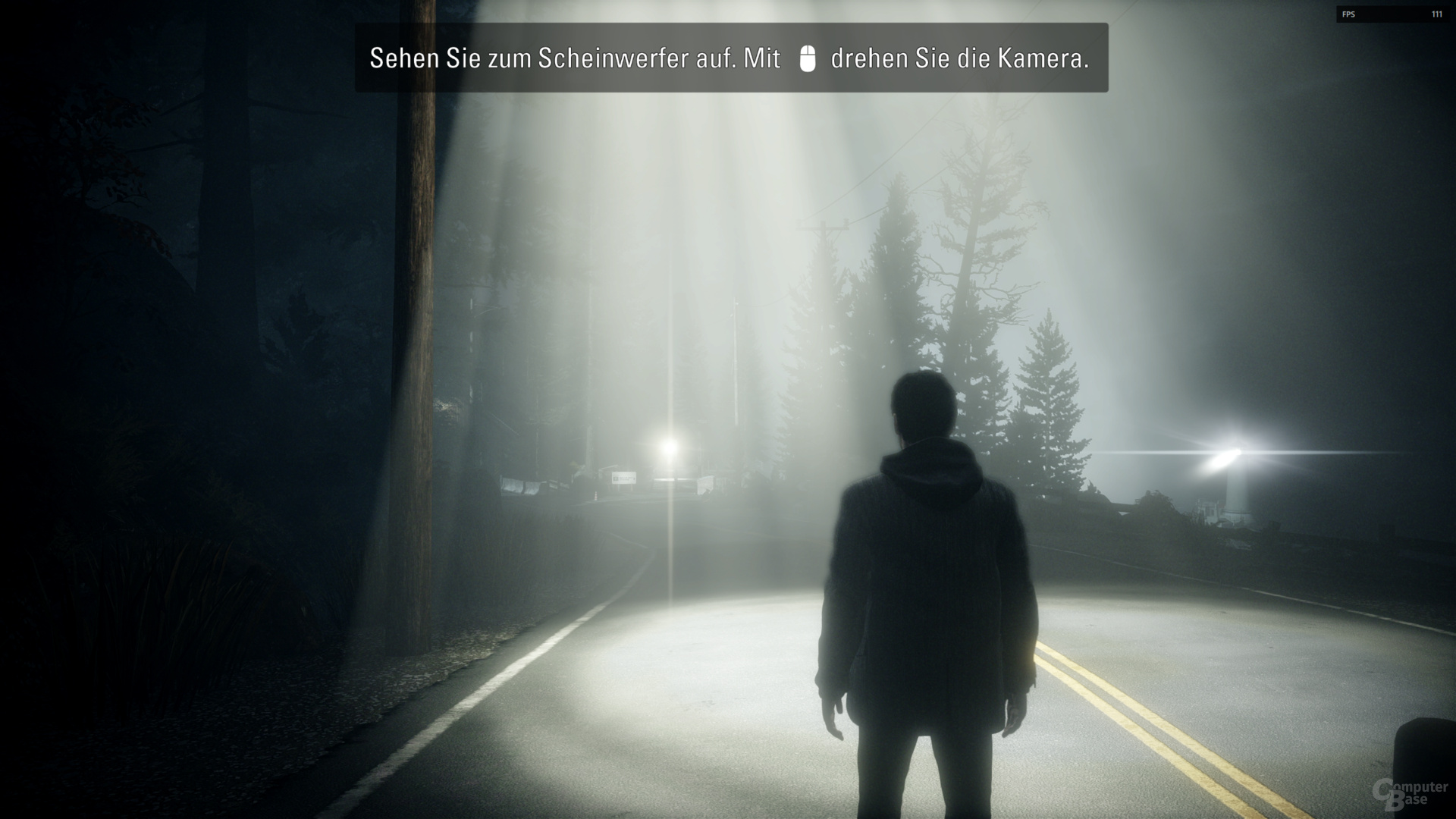 Alan Wake Remastered Download
Alan Wake Remastered Download
Image 1 of 16
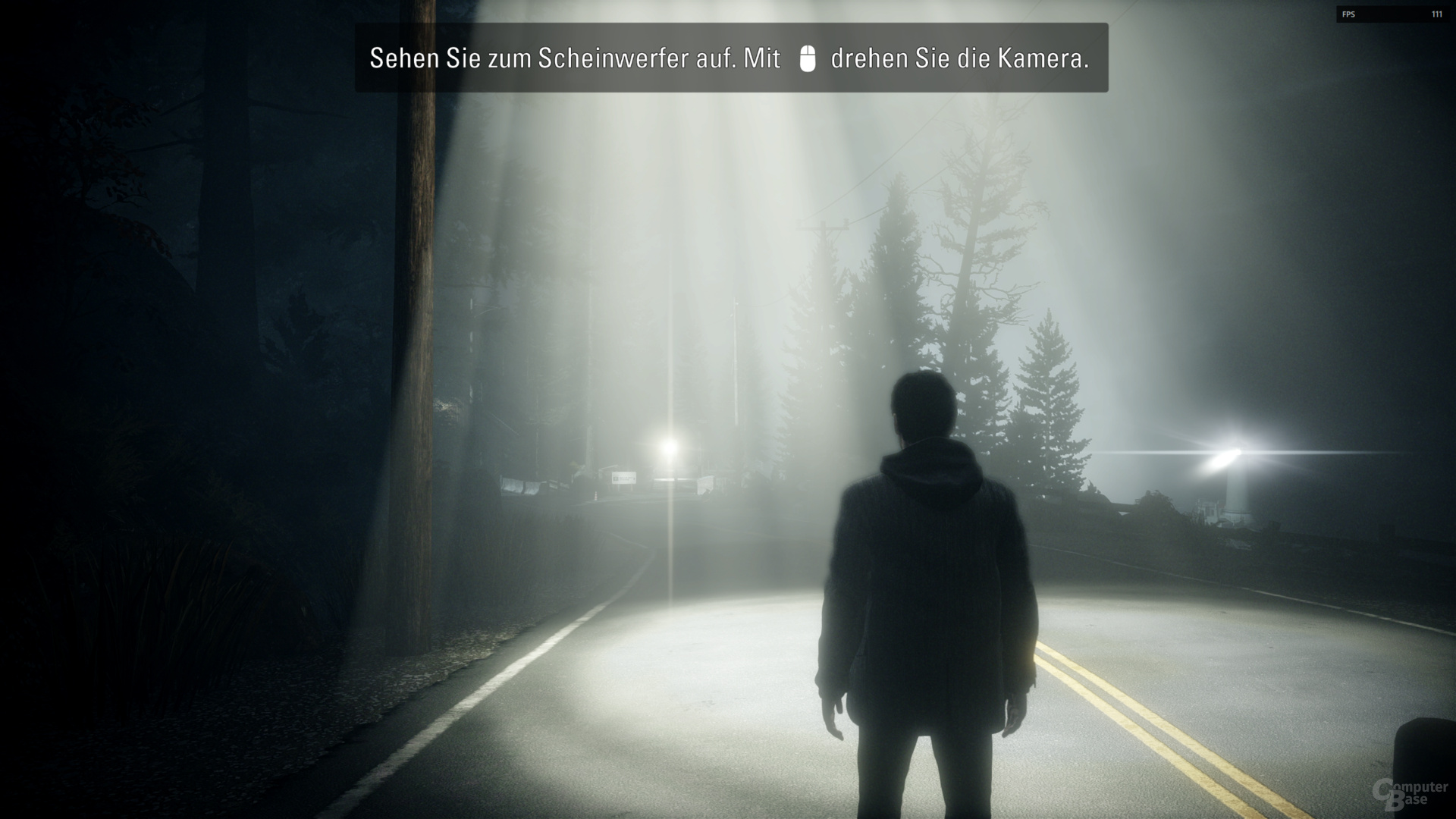 Alan Wake Remastered
Alan Wake Remastered 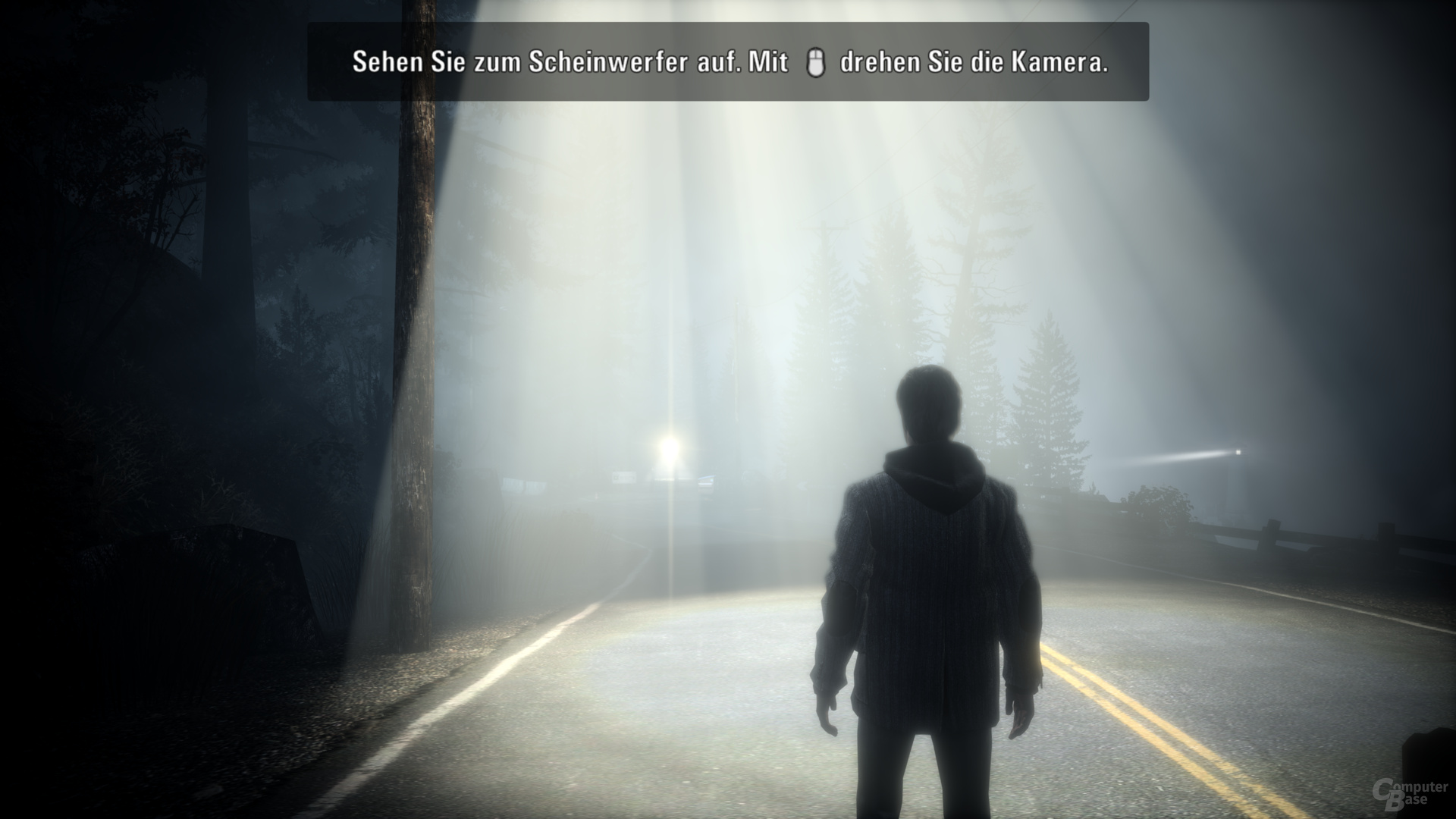 Alan Wake – the original
Alan Wake – the original 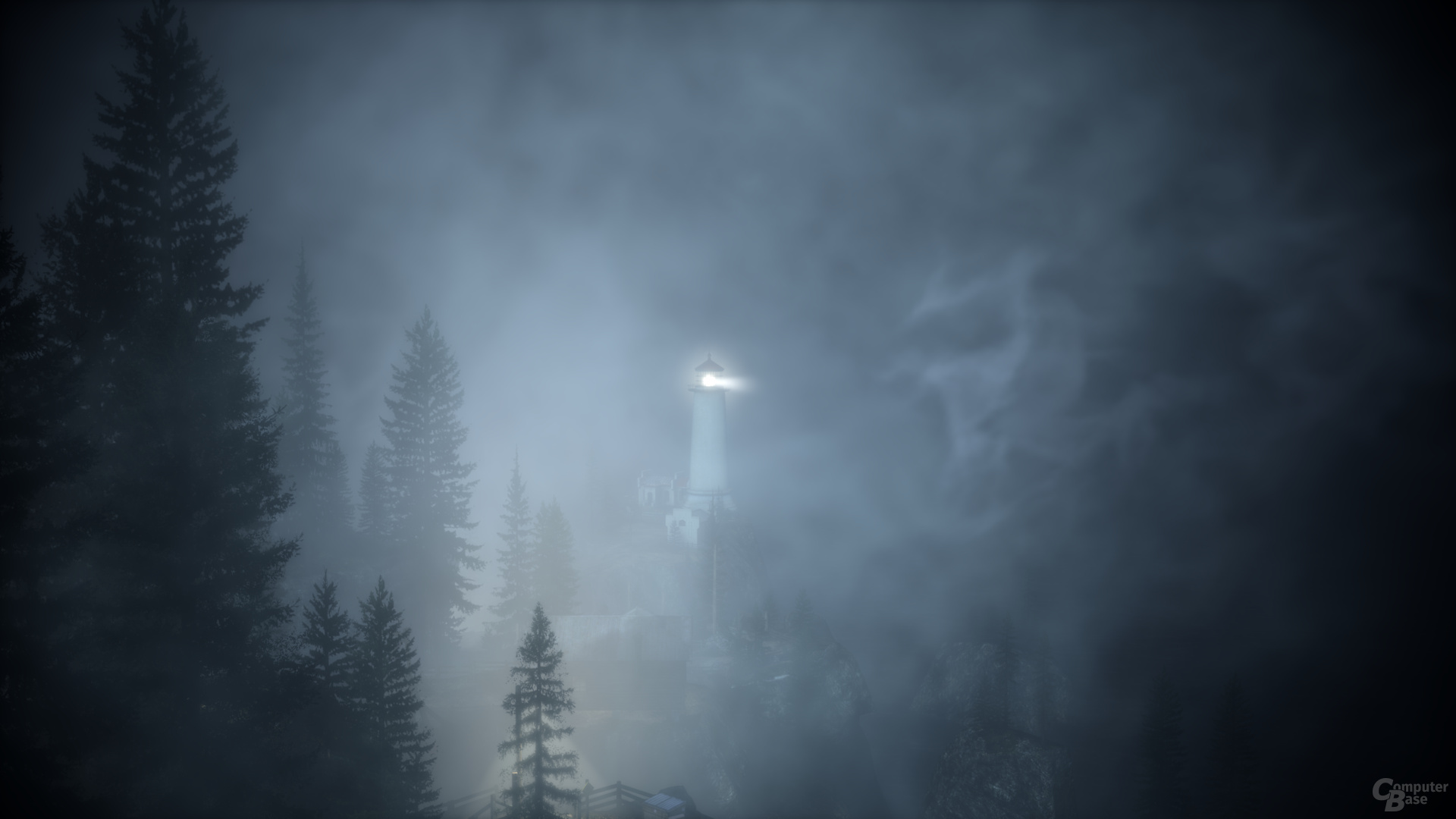 Alan Wake – the original
Alan Wake – the original  Alan Wake Remastered
Alan Wake Remastered  Alan Wake Remastered
Alan Wake Remastered  Alan Wake – the original
Alan Wake – the original 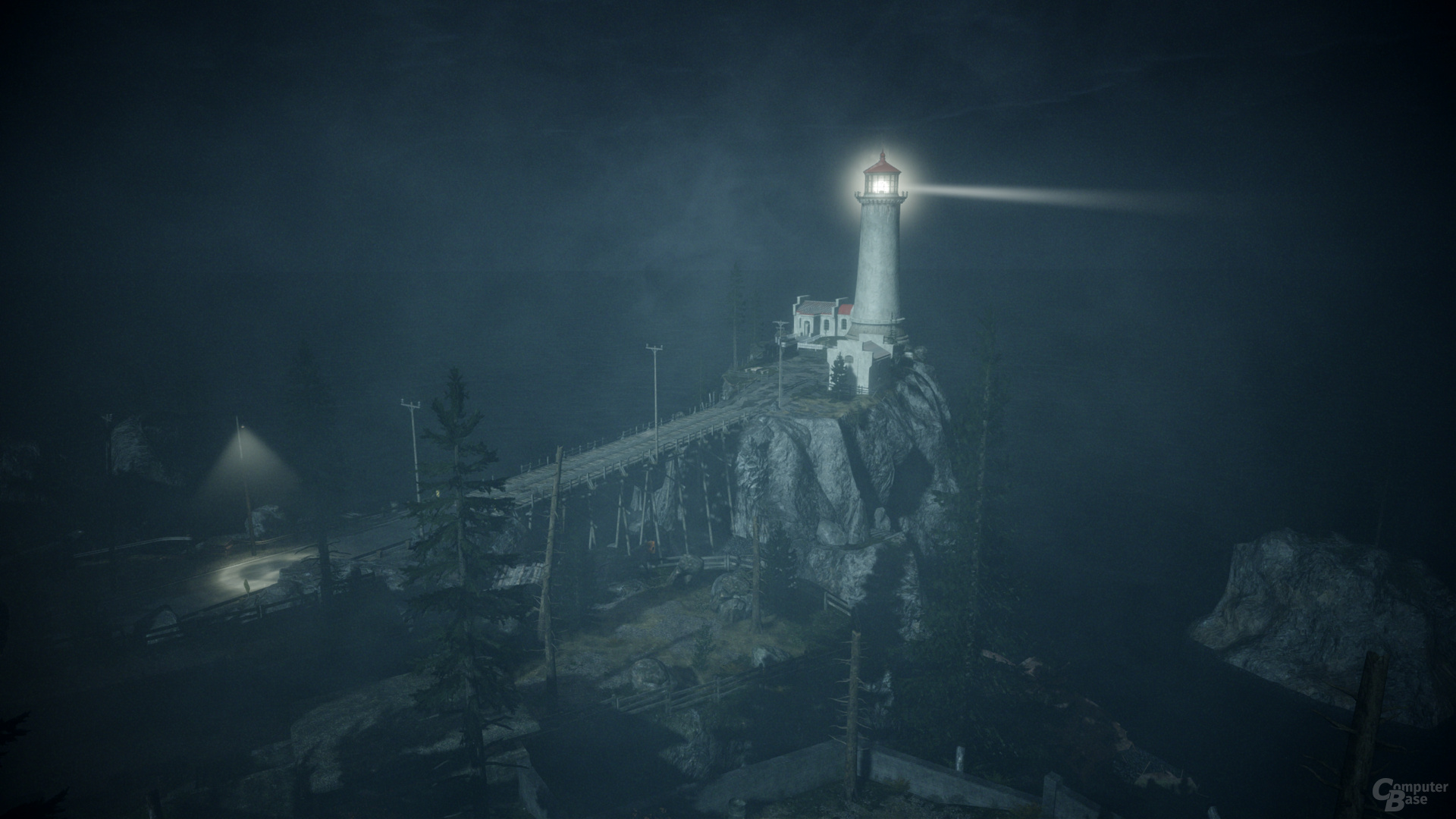 Alan Wake Remastered
Alan Wake Remastered 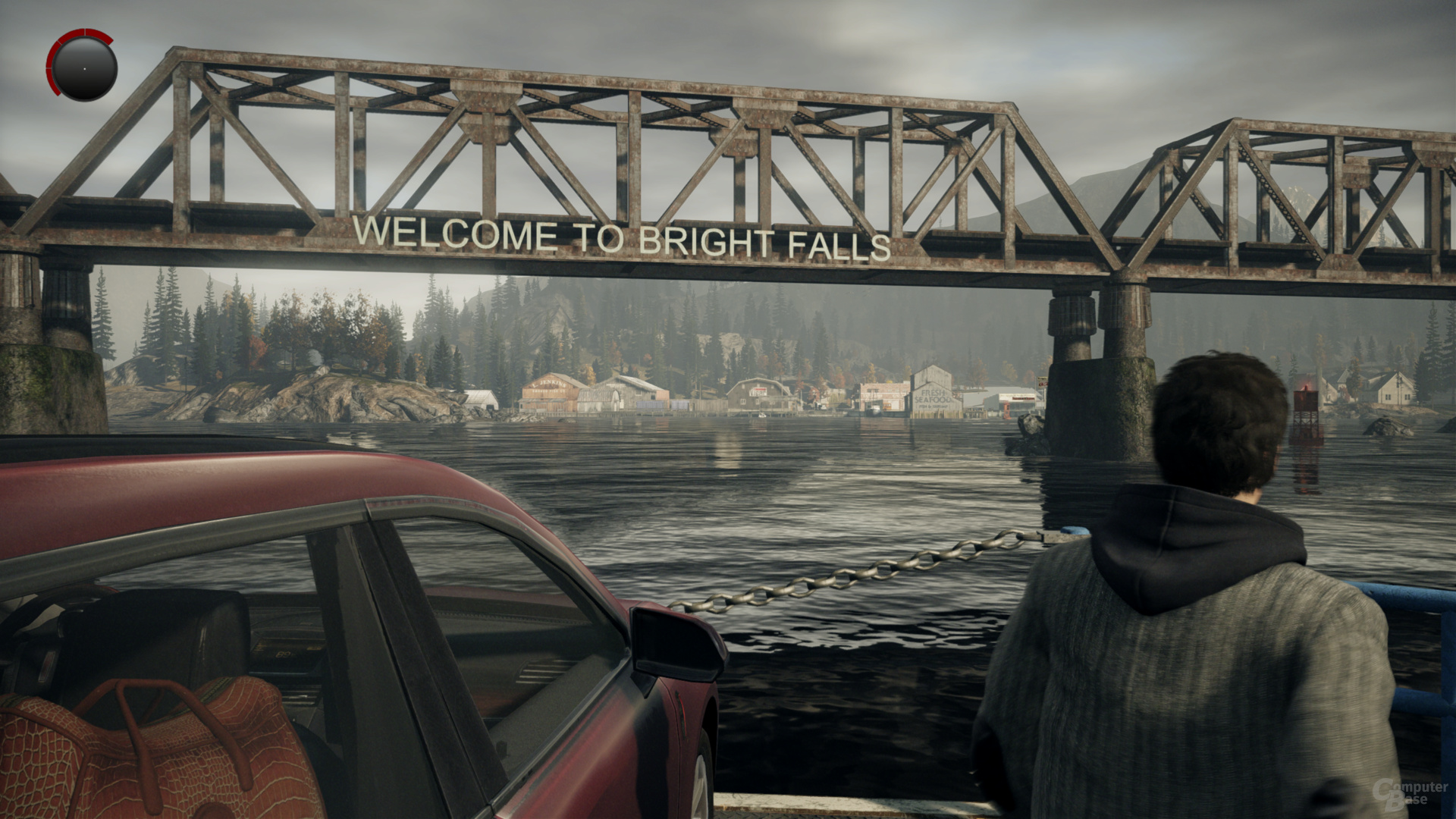 Alan Wake Remastered
Alan Wake Remastered 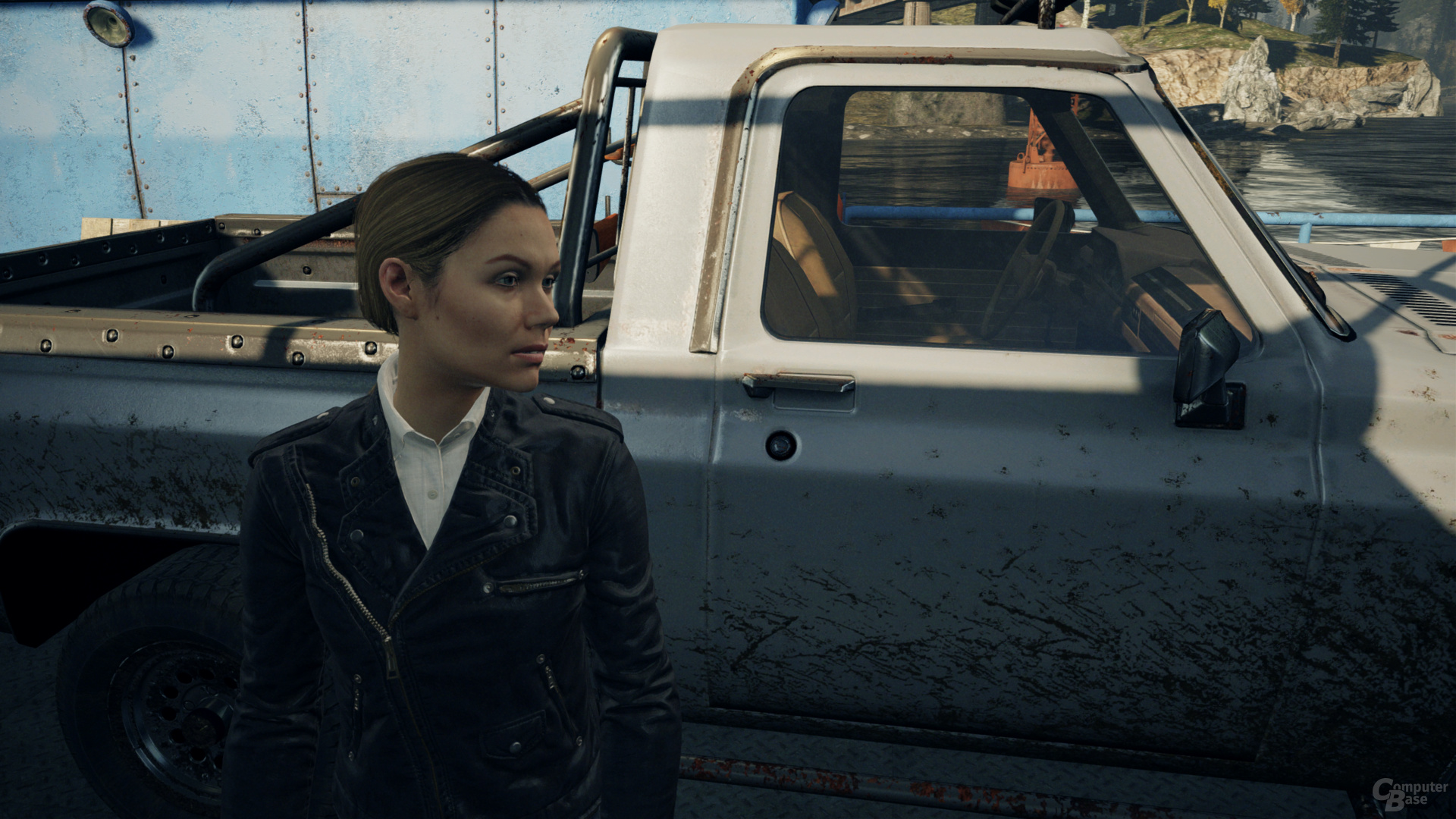 Alan Wake Remastered
Alan Wake Remastered  Alan Wake – the original
Alan Wake – the original 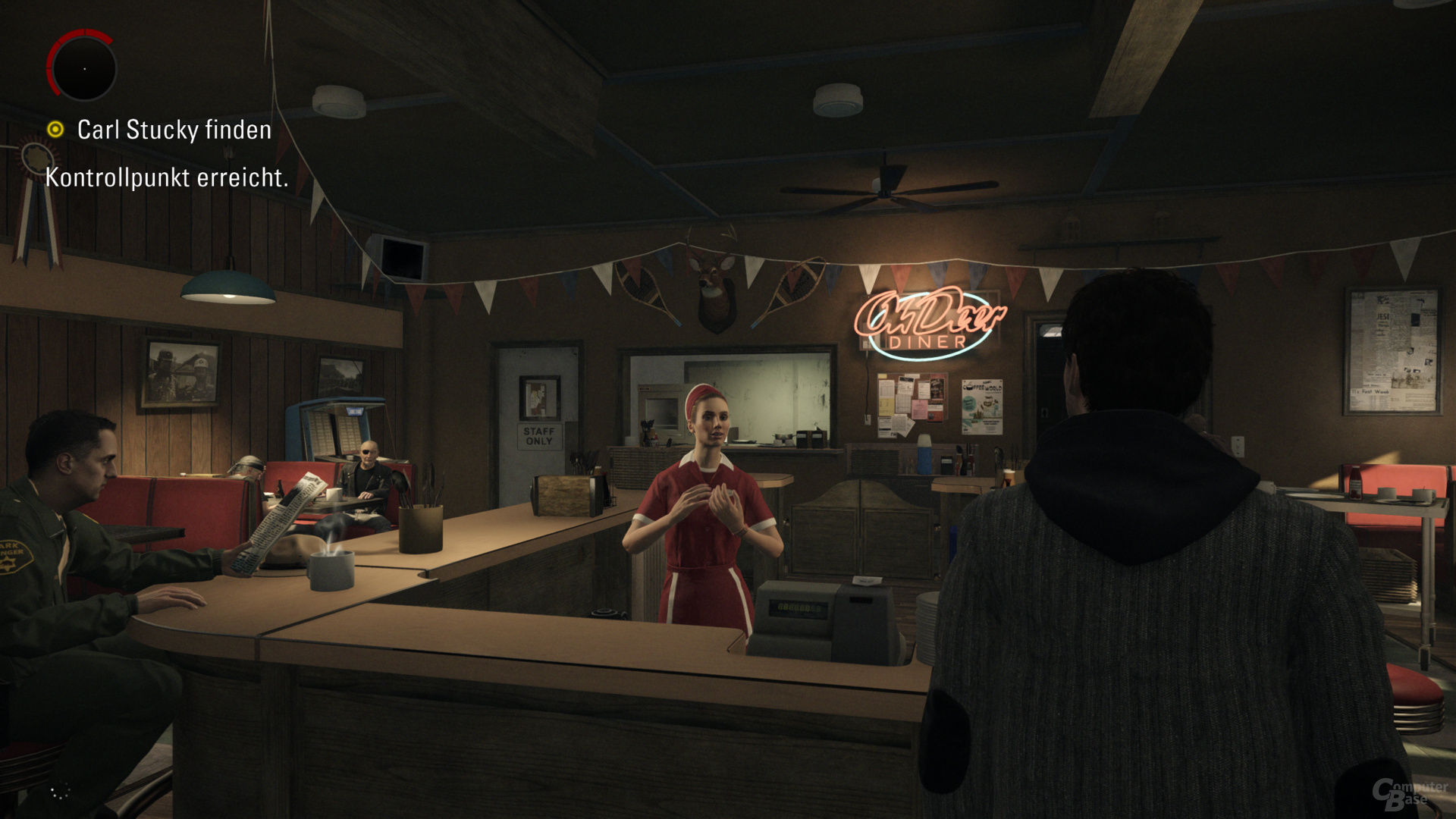 Alan Wake Remastered
Alan Wake Remastered figure> p class = “p text-width”>d3t has made all the changes to the original engine from the game – Remedy's current Northlight engine from Control (test) is not used. However, the technology was rebuilt, because instead of DirectX 9, the clearly modern DirectX 12 is now used. The old MSAA anti-aliasing is still in play, even if only as “On” and “Off”. FXAA is still there too. Modern TAA has been added, but even all three techniques at the same time have some difficulties with image stability. In addition, Nvidia's intelligent AI upsampling DLSS has found its way into the game – more on that later.
Graphics errors on every hardware
< p class = "p text-width">Even if d3t has not completely turned the engine inside out, annoying errors have at least crept into the PC version. ComputerBase had to struggle with sometimes more and sometimes less pronounced image errors on two different PCs. These could be seen in the fact that every now and then brief black stripes wandered across the picture, which almost reminded of an error in a graphics memory that was overclocked too much. They are annoying, but what is really annoying is that the entire image occasionally turns black away from the HUD. Then it only helps to either wait a few seconds or to pause the game briefly with “ESC” and then continue again.
The editorial staff showed both errors on two different PCs and reports on them can also be found on the Internet – apparently this is a major problem with the PC version, although probably only some systems are affected. Whether an AMD or Nvidia graphics card or an AMD or Intel CPU is installed in the computer definitely has no influence on the graphics errors, the same applies to activated or deactivated DLSS and different graphics levels.
It was not possible to identify a system as to exactly when the errors occurred. During the test, they were only noticed in the night scenes, but Alan Wake only rarely plays during the day. If you have encountered the same problems and found a solution, you are welcome to announce this in the forum.
A simple graphics menu with a few options
Alan Wake Remastered has a simple graphics menu on the PC. There are three different graphic presets with “Low”, “Medium” and “High”, whereby even “High” leaves FXAA switched off and the anisotropic filtering only sets the factor “8 ×”. And there is in-game upscaling, whereby the resolution can be set in 10 percent steps between 50 and 100 percent. And that was it. Apart from individual graphic details, the options menu does not offer any other special features. As with the original, the 200 FPS limit cannot be switched off. At even higher frame rates, the engine will probably get into trouble.
-
 The graphics menu by Alan Wake Remastered
The graphics menu by Alan Wake Remastered
Image 1 of 2
 The graphics menu by Alan Wake Remastered
The graphics menu by Alan Wake Remastered  The graphics menu by Alan Wake Remastered
The graphics menu by Alan Wake Remastered ._dlss The image quality of Nvidia DLSS
Alan Wake offers Nvidia's intelligent AI upsampling DLSS in version 2.2.18.0. DLSS can be activated on GeForce RTX graphics cards in the well-known quality levels “Quality”, “Balanced”, “Performance” and “Ultra Performance”, which then also replaces the game's anti-aliasing.
DLSS has a great strength regardless of resolution and quality level, and also has a great weakness in Alan Wake Remastered. The image stability is absolutely impressive. Even the performance mode in WQHD produces a more stable image with less than a million pixels than the native Ultra HD resolution with almost 8.3 million pixels. Because some objects still flicker properly with the latter, this just doesn't happen with DLSS – the image quietness is very high.
At the same time, there is a major disadvantage. Because even with the quality mode in 3,840 × 2,160, the image clearly loses its sharpness. And with more aggressive modes or in 2,560 × 1,440, the effect becomes more and more evident. This goes so far that fine, closely spaced objects such as tufts of grass almost merge into a single object.
Interestingly, DLSS in Alan Wake Remastered does not have any advantages over the game's anti-aliasing in terms of image reconstruction. It can draw most fine objects well in low resolutions, but in the vegetation, for example, some branches disappear into nothing – and DLSS cannot process them again, which is actually a great strength of the AI algorithm.
DLSS showed no noticeable problems with ghosting or smearing. Even in low resolutions and with aggressive settings, the effects could not be provoked to a disruptive extent, even if the generally dark picture is of course helpful in this regard.
Can only be used in a few situations without loss of quality
Despite the great strength of DLSS, the weakness is so great that there is actually only one useful scenario in the game: DLSS on “Quality” in Ultra HD. Then, although the sharpness and thus also the details are visibly lost, the effect is not quite so great that it could destroy the great strength of the image stability again. The only thing is that there is no longer a really sharp and detailed image, you have to be aware of that.
-
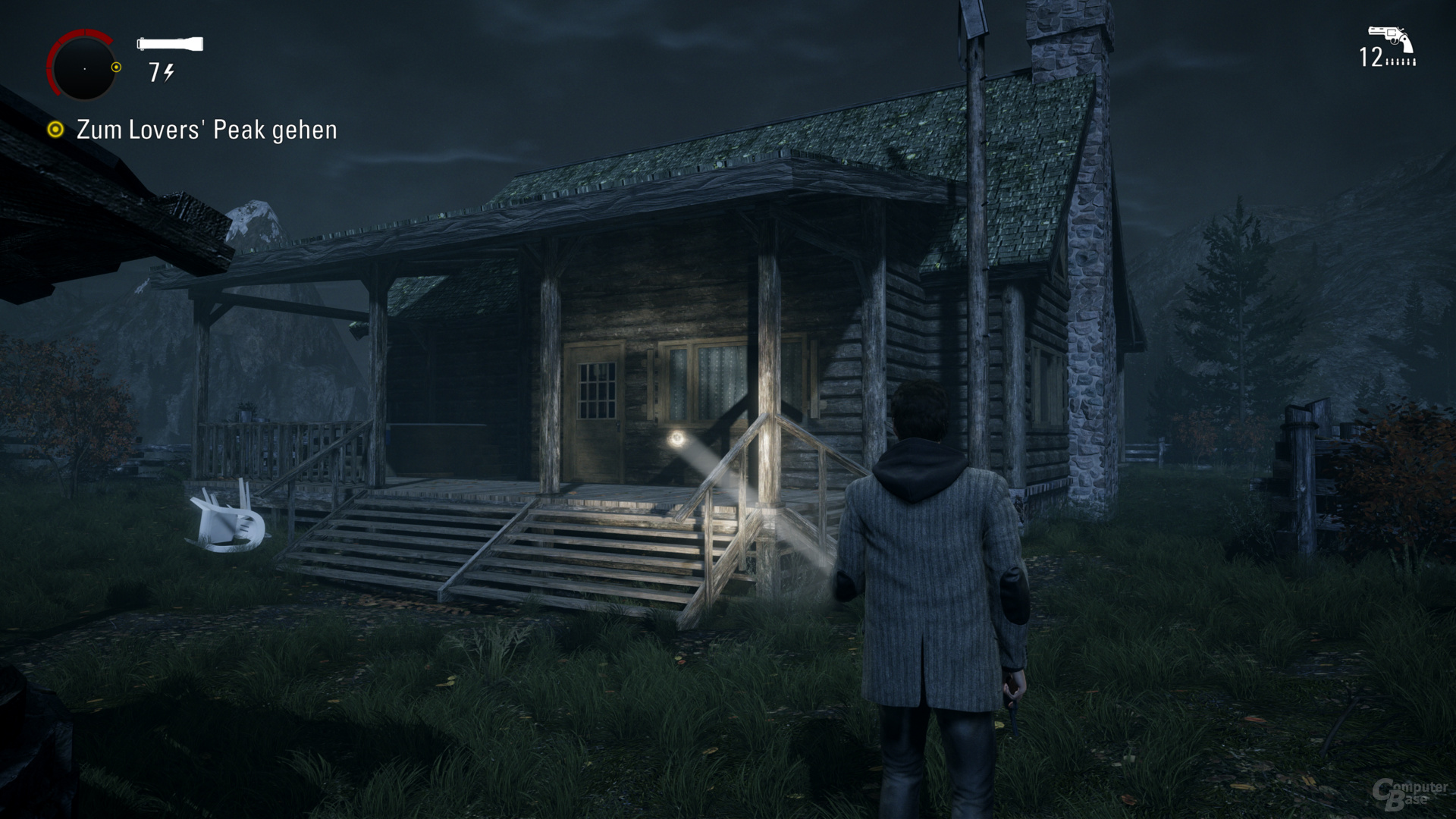 Ultra HD – Native resolution Download
Ultra HD – Native resolution Download
Image 1 of 16
 Ultra HD – native resolution
Ultra HD – native resolution  Ultra HD – DLSS Quality
Ultra HD – DLSS Quality  Ultra HD – DLSS Balanced
Ultra HD – DLSS Balanced  Ultra HD – DLSS Performance
Ultra HD – DLSS Performance  WQHD – DLSS Quality
WQHD – DLSS Quality 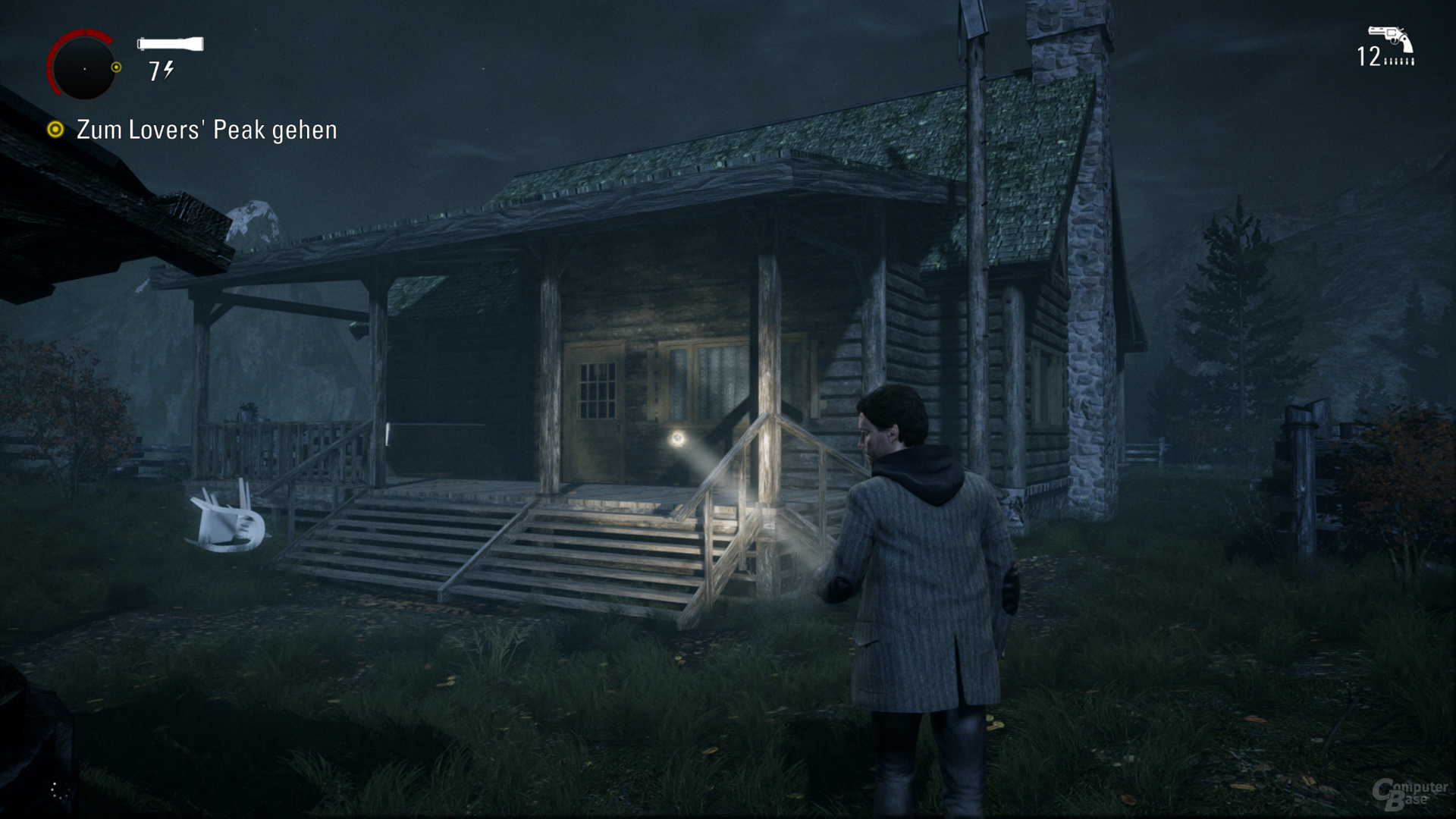 WQHD – DLSS Balanced
WQHD – DLSS Balanced 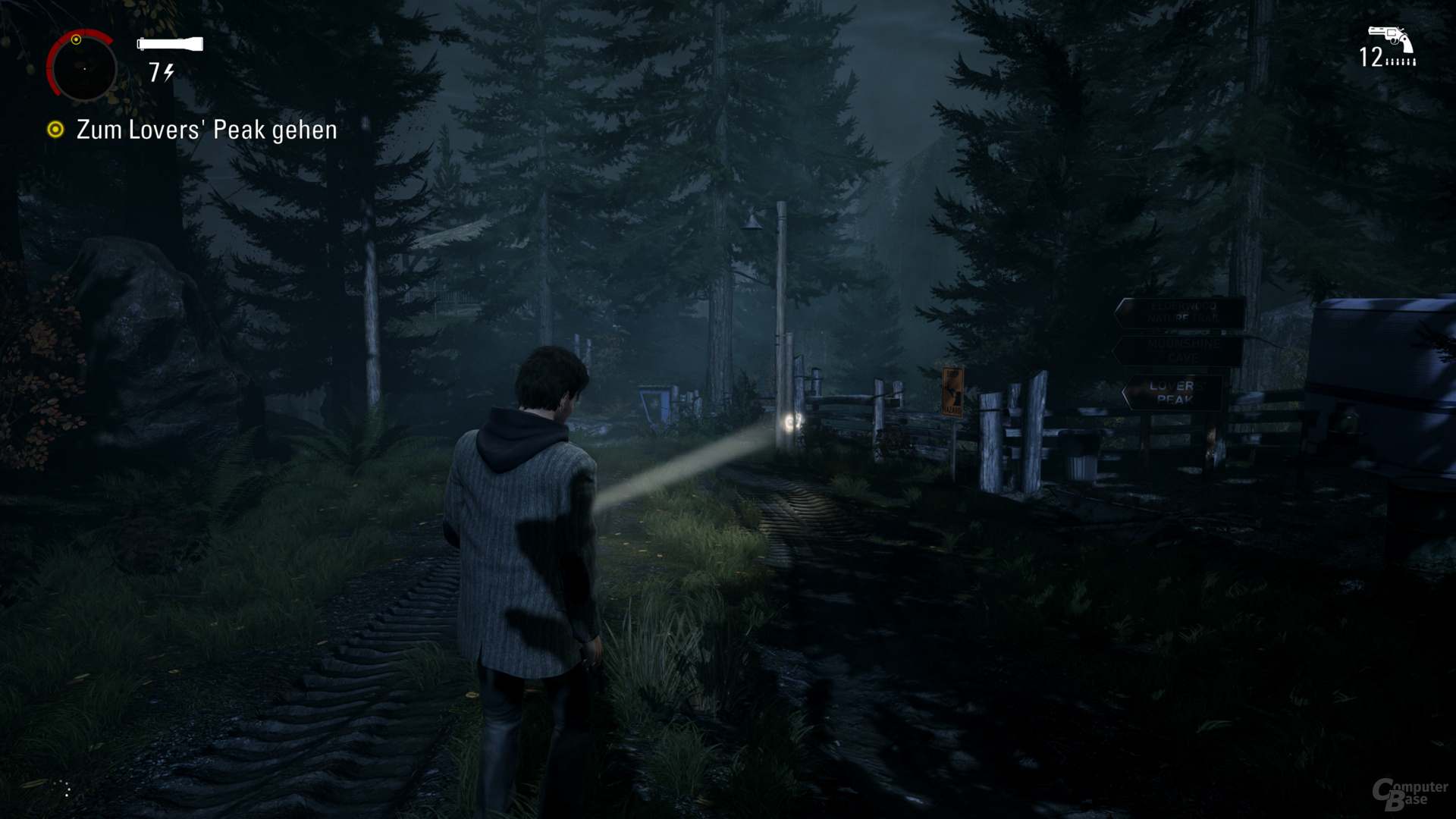 Ultra HD – DLSS Quality
Ultra HD – DLSS Quality 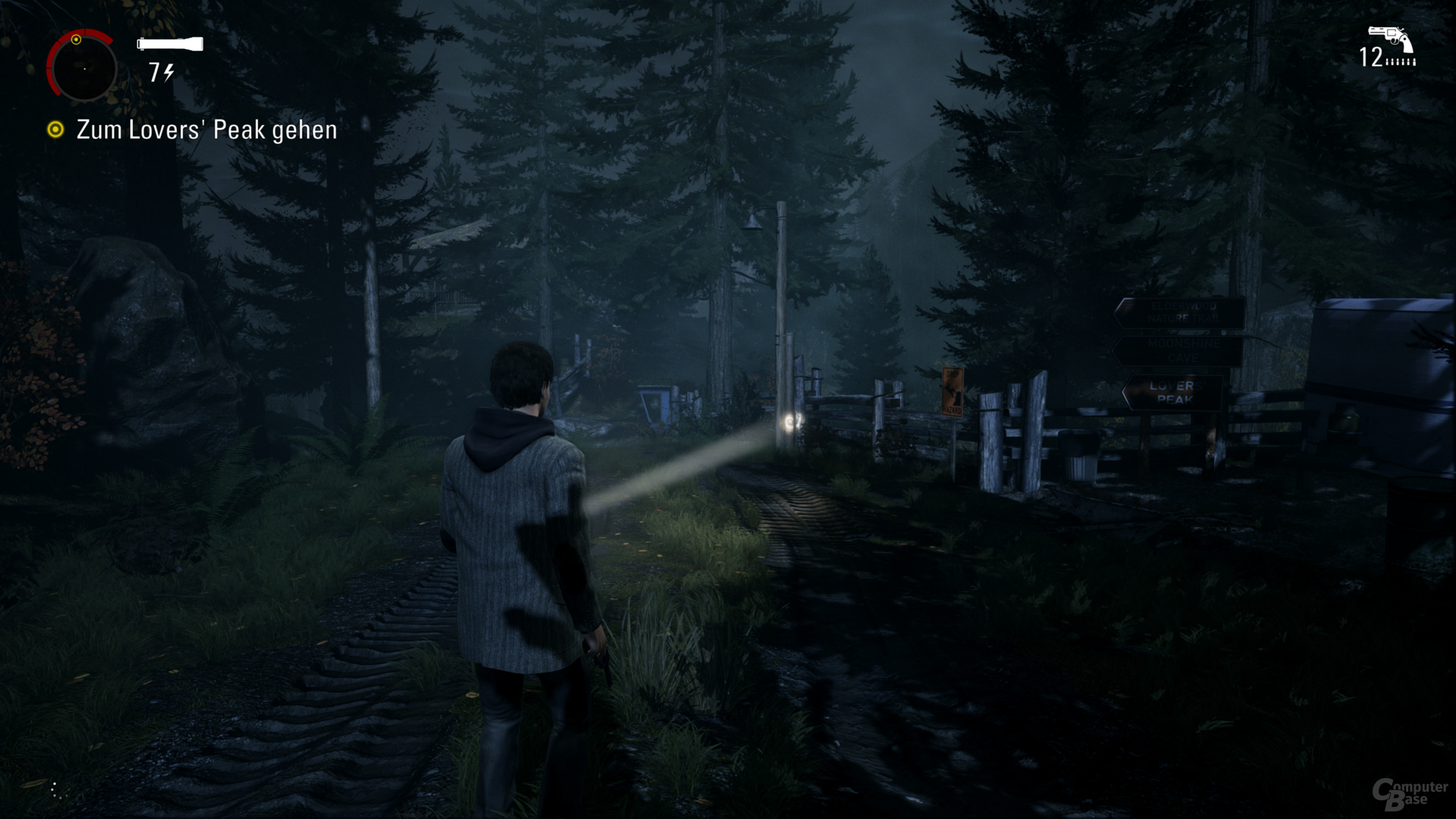 Ultra HD – DLSS Balanced
Ultra HD – DLSS Balanced  WQHD – DLSS Quality
WQHD – DLSS Quality  WQHD –
WQHD –
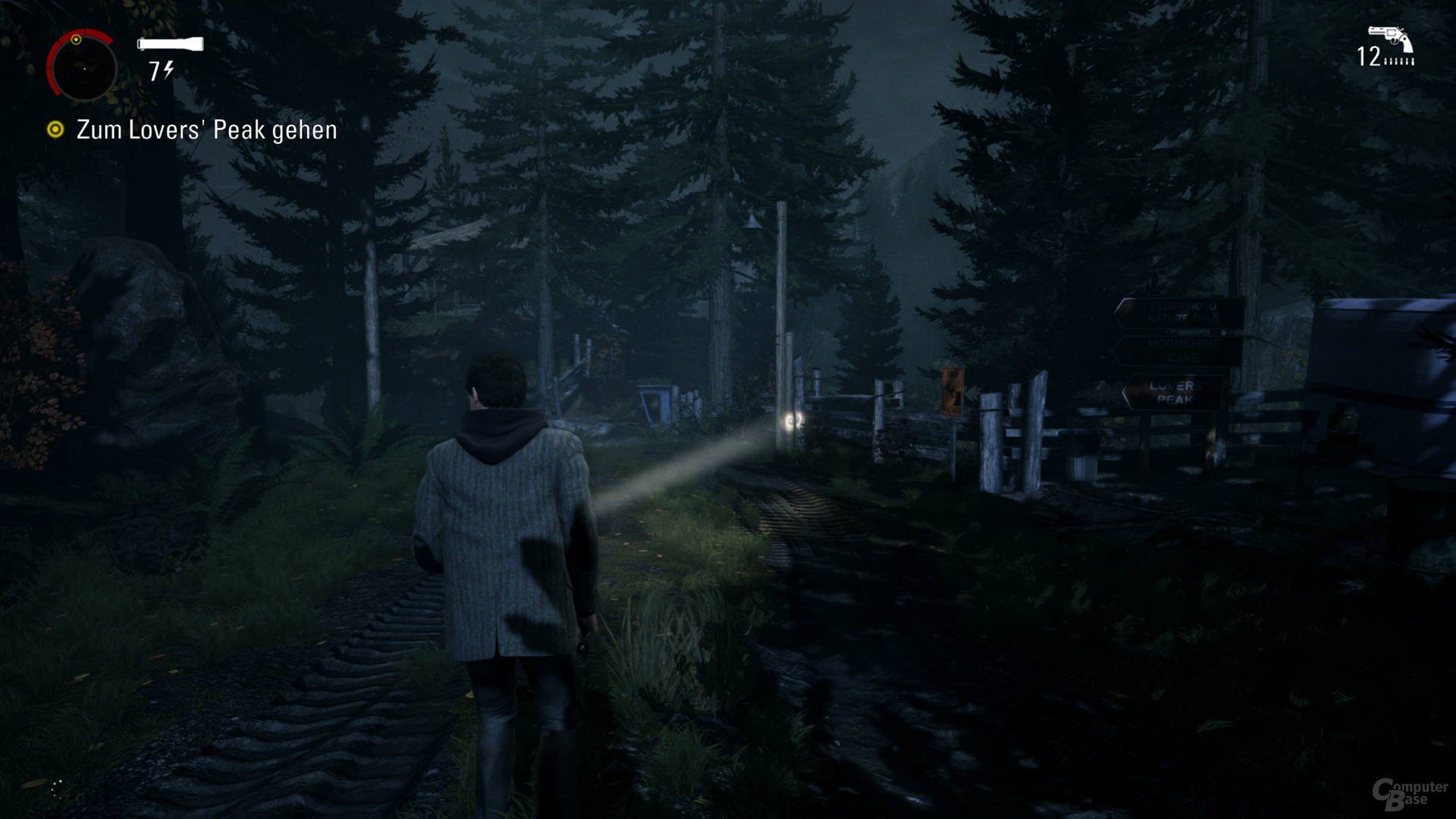 WQHD – DLSS Performance
WQHD – DLSS Performance
From even more aggressive DLSS settings or DLSS in WQHD or even Full HD is not advisable in Alan Wake Remastered. Because then the game becomes very blurred and too many details are lost – the better stability and the higher performance are no longer of any use.
If more speed is required and a poorer image quality is accepted, there is still a sensible application scenario: DLSS on “Quality” in Ultra HD is an alternative to the native WQHD resolution (the rendering resolution of DLSS on “Quality” in Ultra HD) the image stability in WQHD clearly suffers. The image sharpness with the pure WQHD resolution is still sharper than DLSS on “Quality” in Ultra HD, especially since the native resolution is more efficient.
The performance of DLSS
The quality setting of DLSS brings a big performance boost in 3,840 × 2,160, Alan Wake Remastered runs 53 percent faster on a GeForce RTX 3080, and 61 percent on a GeForce RTX 2070 Super. The latter also comes above the 60 FPS mark with the setting. DLSS on “Balanced” brings another plus of 14 and 14 percent, DLSS on “Performance” another 7 and 14 percent. Overall, DLSS accelerates the Ampere graphics card by up to 81 percent in Ultra HD, the older Turing model by up to 109 percent.
In 2,560 × 1,440, DLSS brings a significantly smaller boost, on the GeForce RTX 3080 even virtually none. Even DLSS on “Performance” accelerates the graphics card by only 3 percent compared to the native resolution. The reason is simply that Alan Wake Remastered had to struggle with a massive CPU limit relatively early on, which the GeForce RTX 3080 in WQHD immediately runs into – that's why the performance increase in Ultra HD is also lower than with the GeForce RTX 2070 Super.
«Previous Nvidia DLSS – 3,840 × 2,160 Nvidia DLSS – 2,560 × 1,440 Next»
- Nvidia DLSS – 3,840 × 2,160 unit: frames per second (FPS)
- FPS, average:
- RTX 3080 @ DLSS Performance135,8
- RTX 3080 @ DLSS Balanced127,3
- RTX 3080 @ DLSS quality115,2
- RTX 2070S @ DLSS Performance89,6
- RTX 2070S @ DLSS Balanced78,5
- RTX 3080 @ Nativ75,1
- RTX 2070S @ DLSS Qualität69,0
- RTX 2070S @ Nativ42,8
- FPS, 1% percentile:
- RTX 3080 @ DLSS Performance95,4
- RTX 3080 @ DLSS Balanced89,5
- RTX 3080 @ DLSS quality85,3
- RTX 2070S @ DLSS Performance70,4
- RTX 2070S @ DLSS Balanced62,3
- RTX 3080 @ Nativ59,4
- RTX 2070S @ DLSS quality56 , 3
- RTX 2070S @ Nativ36,8
- FPS, average:
- Nvidia DLSS – 2,560 × 1,440 unit: frames per second (FPS)
- FPS, average:
- RTX 3080 @ DLSS Balanced138,5
- RTX 3080 @ DLSS Performance138,5
- RTX 2070S @ DLSS Performance138,4
- RTX 3080 @ DLSS quality137,6
- RTX 3080 @ Nativ134,2
- RTX 2070S @ DLSS Balanced133 , 4
- RTX 2070S @ DLSS quality122.0
- RTX 2070S @ Nativ83.8
- FPS, 1% percentile:
- RTX 3080 @ DLSS Balanced97,3
- RTX 3080 @ DLSS Performance97,3
- RTX 2070S @ DLSS Performance97,1
- RTX 2070S @ DLSS Balanced96,1
- RTX 3080 @ Nativ95,8
- RTX 3080 @ DLSS quality95,1
- RTX 2070S @ DLSS quality89,0
- RTX 2070S @ Nativ66,3
- FPS, average:
An early CPU limit slows DLSS in WQHD clearly out
The Turing model can logically grow more, since the processor limit is far from being reached with native resolution. DLSS on “Quality” then accelerates the frame rate by 46 percent. DLSS on “Balanced” only brings 9 percent and DLSS on “Performance” only 4 percent, since the CPU limit is also very high on the GeForce RTX 2070 Super.
On the next page: Benchmarks in Full HD, WQHD & amp; Ultra HD and frame times